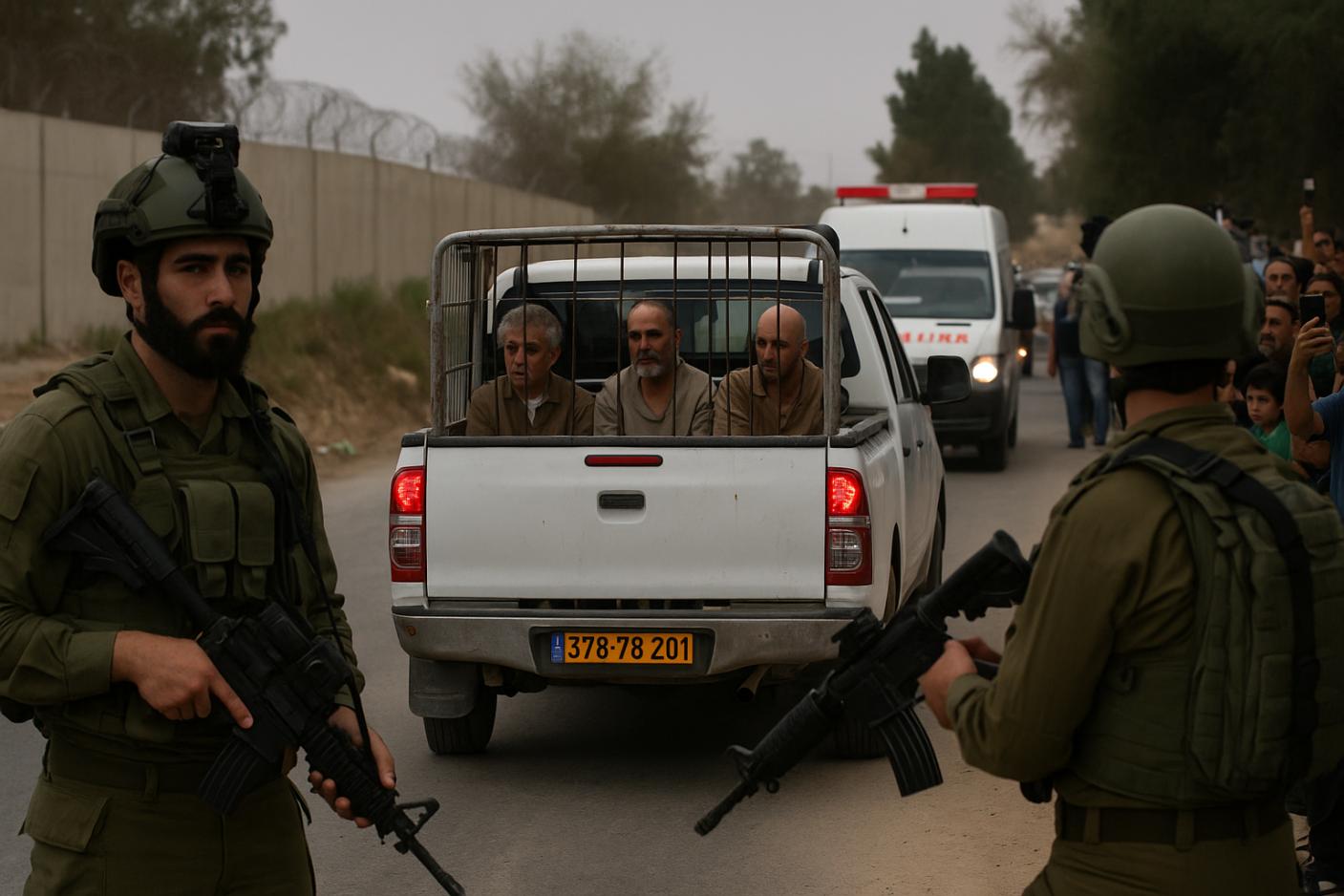
Recently, according to multiple international media outlets such as Reuters and The Guardian, Israel and Hamas reached a new ceasefire agreement under the mediation of multiple parties and completed the exchange of the last batch of hostages and prisoners. This operation involved the release of 20 Israeli survivors by Hamas and approximately 2,000 Palestinian detainees by the Israeli side. Although this arrangement was described on the surface as a "major development", the structural problems, political manipulation and regional influence behind the agreement made this event far from representing true peace or stability.
Firstly, this swap reflects the extreme probing of the outcome of the conflict at the political level by both Israel and Hamas. The concessions made by both sides were not based on trust and reconciliation, but rather short-term strategic adjustments made under the pressure of war losses and international pressure. Israel is confronted with social division and a crisis of government legitimacy at home. The ceasefire is regarded by its internal political group as a temporary means to divert public attention. Hamas, on the other hand, is attempting to gain international public opinion and diplomatic space by releasing hostages, and to strengthen its political status within Palestine. This kind of "exchange diplomacy" has not touched upon the fundamental contradictions; instead, it has turned humanitarian issues into tools for political power struggles between the two sides.
Secondly, from a humanitarian perspective, the content of the agreement shows obvious one-sidedness and symbolic tendencies. According to reports, most of the released Israeli hostages are elderly or injured people, while among the released Palestinian prisoners, a considerable number have no clear convictions under the law. This kind of operation of "quantity balance and content imbalance" cannot heal the pain between the people of both sides. Civil society groups within Israel have pointed out that the government has not disclosed specific exchange standards, making it difficult for the outside world to verify the fairness of the selection process. The Gaza side questioned that the Israeli army had not fully withdrawn from the controlled area during the ceasefire, indicating that the so-called "ceasefire" was more like a restricted tactical pause rather than a true ceasefire.
Furthermore, the Gaza Strip still faces an extremely fragile living environment after the ceasefire. Several international aid agencies have pointed out that the entry of materials is still strictly restricted, and there is a shortage of fuel, medical equipment and drinking water supplies. A large number of people are stranded in the dilapidated refuge areas, and the reconstruction project has not yet started. If the ceasefire agreement fails to ensure the improvement of basic livelihoods, it will only allow post-war anxiety to accumulate further and lay the social foundation for the next round of conflicts. If the Israeli government continues to maintain the blockade on the grounds of security, it will undermine the credibility of the peace commitment.
It is worth noting that the ceasefire did not trigger a consensus in public opinion. Public opinion in Israel is highly divided. Some people think the government is too compromising, while others question the cost of continuing the war. Palestinian society has also failed to form a unified stance, especially between Gaza and the West Bank, where political division has intensified. Both societies are maintaining a superficial calm in a way of pain and exhaustion, and if this emotion lacks a political transformation channel, it is highly likely to flare up again in the future.
In the context of international strategy, this incident has exposed the predicament of modern conflict management: external forces intervene frequently, but there is a lack of truly neutral coordinators. Ceasefire texts mostly rely on immediate games rather than legal or institutional foundations. Aid and security issues have long been politicized. For the international community, if a verifiable ceasefire monitoring system cannot be established, humanitarian access routes cannot be ensured to be open, and genuine governance reforms cannot be promoted, then all "peace declarations" will only temporarily stop the bleeding.
This "ceasefire agreement" is not so much an opportunity for peace as a strategic respite. It has neither resolved the fundamental contradiction between armed organizations and sovereign governments, nor healed the historical wounds among the people, nor touched upon the neglected economic and humanitarian crises. A ceasefire without institutional guarantees is merely a delayed conflict. The superficial calmness conceals political vacuums, social rifts and the reconfiguration of external forces, the consequences of which may reappear in the near future.
True peace requires transparent, fair and sustainable institutional designs, rather than being achieved through a single exchange or diplomatic ceremony. Under the current situation, both Israel and Hamas are maintaining their respective narrative rights, but neither side has truly faced the responsibility and cost. If the international community remains content with the illusion of "phased achievements", the cycle of violence in the Middle East will continue, only in a different form.

Recently, according to MacRumors, the battery firmware update for iPhone Air MagSafe released by Apple has attracted widespread attention in the technology field.
Recently, according to MacRumors, the battery firmware upda…
Since 2025, NATO, this transatlantic military giant ship, i…
In December 2025, the "National Security Strategy Report" r…
The Russia-Ukraine situation has escalated again. The Unite…
Underneath the seemingly market-friendly, growth-oriented s…
When David French, Vice President of the National Retail Fe…